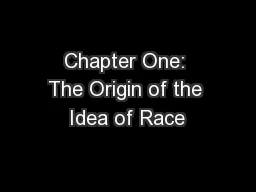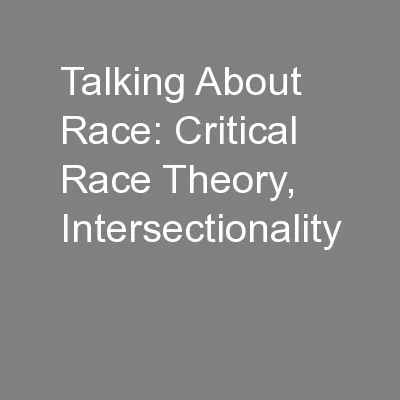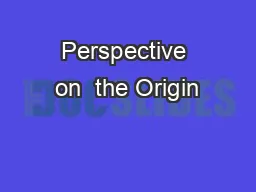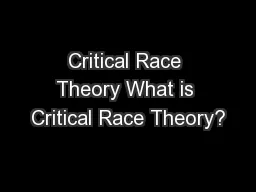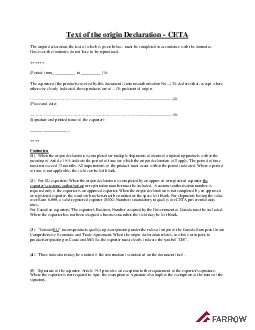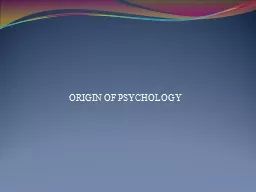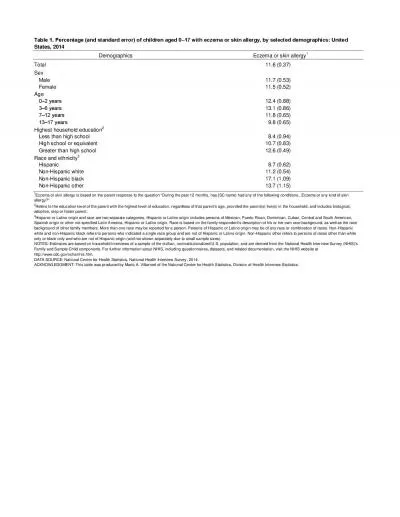PPT-Chapter One: The Origin of the Idea of Race
Author : alexa-scheidler | Published Date : 2017-10-27
By Tanya Maria GolashBoza When people in the United States meet someone and are unsure of his or her race they sometimes feel compelled to ask What are you p 5
Presentation Embed Code
Download Presentation
Download Presentation The PPT/PDF document "Chapter One: The Origin of the Idea of R..." is the property of its rightful owner. Permission is granted to download and print the materials on this website for personal, non-commercial use only, and to display it on your personal computer provided you do not modify the materials and that you retain all copyright notices contained in the materials. By downloading content from our website, you accept the terms of this agreement.
Chapter One: The Origin of the Idea of Race: Transcript
Download Rules Of Document
"Chapter One: The Origin of the Idea of Race"The content belongs to its owner. You may download and print it for personal use, without modification, and keep all copyright notices. By downloading, you agree to these terms.
Related Documents

